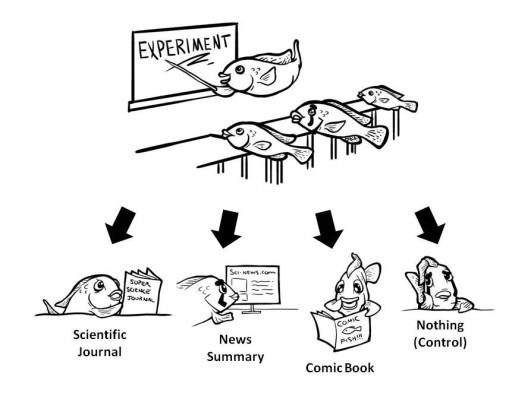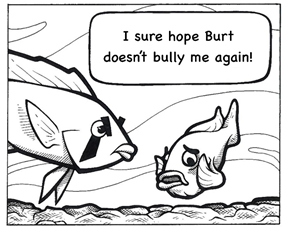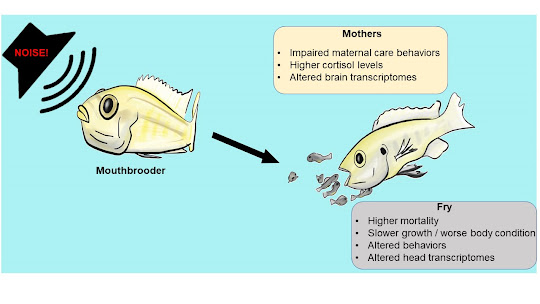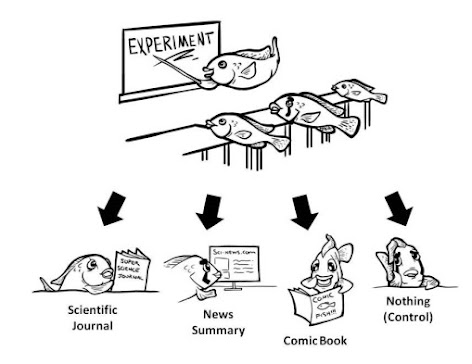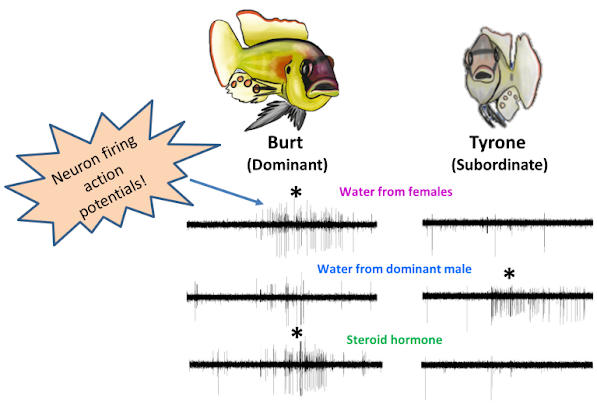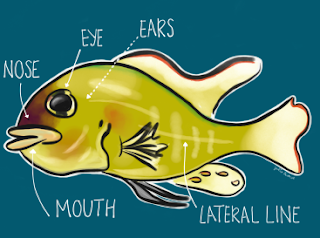Time Fries When You’re Growing Up!

Hi everyone, Pia here! I’m a fry, which is just a fancy name for a baby fish. You might remember that my mom Toni is a mouthbrooder. That means she protects us fry in her mouth while we grow up! Before we get released from her mouth, we have yolk sacs that we use to feed ourselves and we don’t get to see or do too much – we just stay nice and protected inside mom’s mouth until we’re big enough to swim and eat on our own! Once we’re released, there’s SO much to do and see! We have to find our own food, communicate with other fish, and escape from predators back to the safety of mom’s mouth. Plus, there’s lots to see around our tank like our fancy clay pot shelters and the scientists when they come to visit! Because the environment is so different inside and outside our mom’s mouth, the scientists wanted to see which brain regions we use before and after we leave. They looked for a molecule in our brains called pS6 which tells them which neurons were “turned on” or “activated” while we w...



